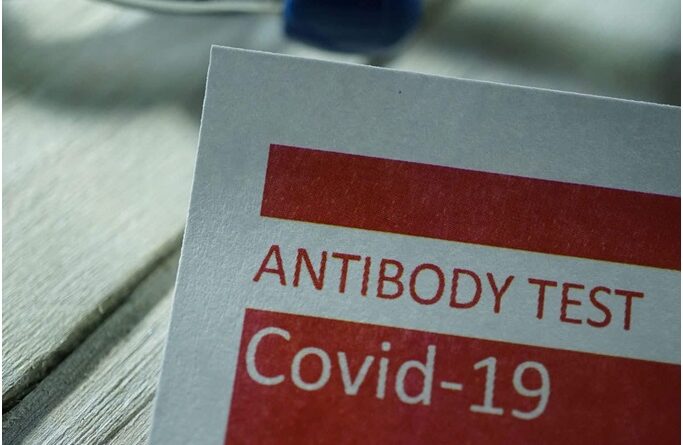Different Types Of COVID-19 Tests
Most people may not know that there is not only one type of test for COVID-19. The Food and Drug Administration (FDA) of the USA has granted emergency use authorization to more than 200 different tests meant to detect a current or past infection from SARS-CoV-2, the virus that causes COVID-19. There are many standard tests like blood tests, saliva tests, and also many different tests. If you are confused about where you can get your COVID-19 test, you do not have to worry anymore. You can get an RT-PCR COVID-19 test and a COVID antibody test by visiting Bookmerilab.
COVID-19 tests are divided into three main categories: tests are PCR, antigen, and antibody. Here are a brief description of these tests.
Polymerase Chain Reaction (PCR) tests
The majority of COVID-19 testing in the U.S. right now uses this polymerase chain reaction (PCR) technology. These tests detect disease by looking for traces of the virus’s genetic material on a sample. Those samples are generally collected via a nose or throat swab. Although it is a U.S. government verified test just like all other tests, it is not entirely perfect. Studies have suggested as many as 30% of COVID-19 PCR test results are inaccurate.
With COVID-19 tests, false negatives seem to be much more common than false positives, so if you get a positive result, you very likely do have the virus. If you get a negative result but have coronavirus symptoms or recently encountered someone sick with the virus, you should still self-isolate until symptoms subside.
False negatives can happen if health professionals do not go deep enough into the nose or throat to collect a good sample. The timing of the test matters, too. Infections can be missed if testing happens too soon after exposure. Sometimes, after the virus has been killed off, there’s still a lot of genetic material leftover in the body. This can cause someone to test positive even if they’re not actively sick. Getting tested roughly five days after a possible exposure seems to be the sweet spot for testing.
Saliva Tests For COVID-19
Coronavirus saliva tests are a new type of PCR diagnostic for COVID-19. Saliva testing depends on the standard PCR technology, and it requires some manual labor to move it through the steps of the test. But you have to admit that collecting spit is less invasive than a nose or throat swab, and it is also more comfortable to do at home or without medical training.
Antigen Tests For COVID-19
Antigen tests can turn around results in minutes, but speed comes with tradeoffs. Just like PCR tests, antigen tests usually require a nose or throat swab. But in this test, instead of genetic material from the SARS-CoV-2 virus, it looks for proteins that live on the virus’s surface. This process is a little less labor-intensive than PCR testing since there isn’t as much chemistry involved, but it’s also less sensitive. While antigen testing is becoming more common in the U.S., only a few such tests have been approved by the FDA so far. Much like with rapid genetic tests, some experts argue that fast-moving antigen tests could help ease testing bottlenecks enough to compensate for their reduced accuracy.
Antibody Tests For COVID-19
Unlike the other tests, antibody tests are not meant to pick up on current infection with SARS-CoV-2. Instead, they search the blood for antibodies and proteins the body makes to respond to an infection that may provide immunity against the same disease in the future. These tests look for SARS-CoV-2-specific antibodies to see if you have previously had coronavirus.
Wide-scale antibody testing is useful for researchers since it could inform estimates about how many people have had COVID-19 and help scientists learn more about whether or how they bestow immunity to coronavirus.
From the research perspective, we can get a lot of information from antibody testing if we collect it over time. But in terms of actionable information for individuals, antibody tests do not reveal much at this point. Just because you can detect antibodies does not necessarily mean you are fully protected from acquiring that infection. You have to continue to take all the same precautions that everyone else is taking.


